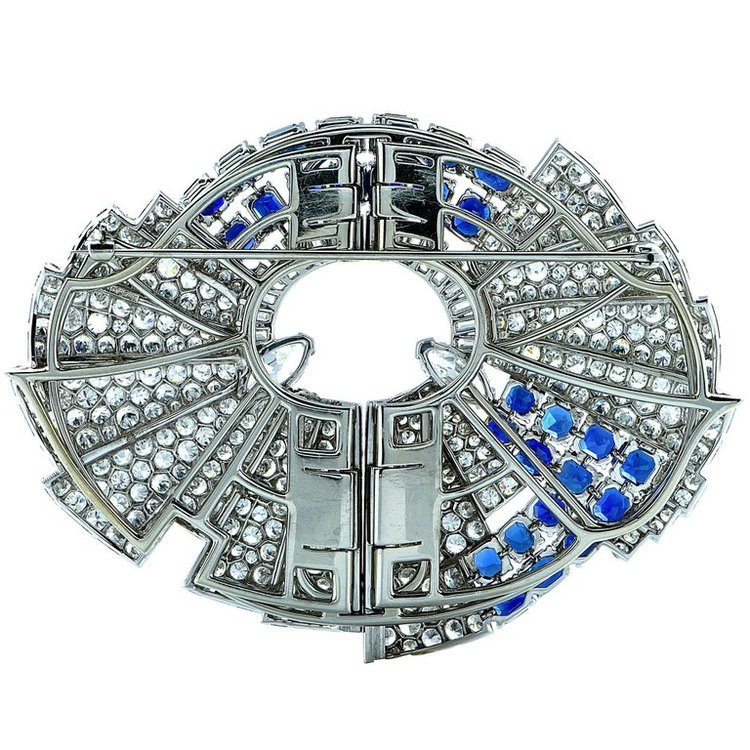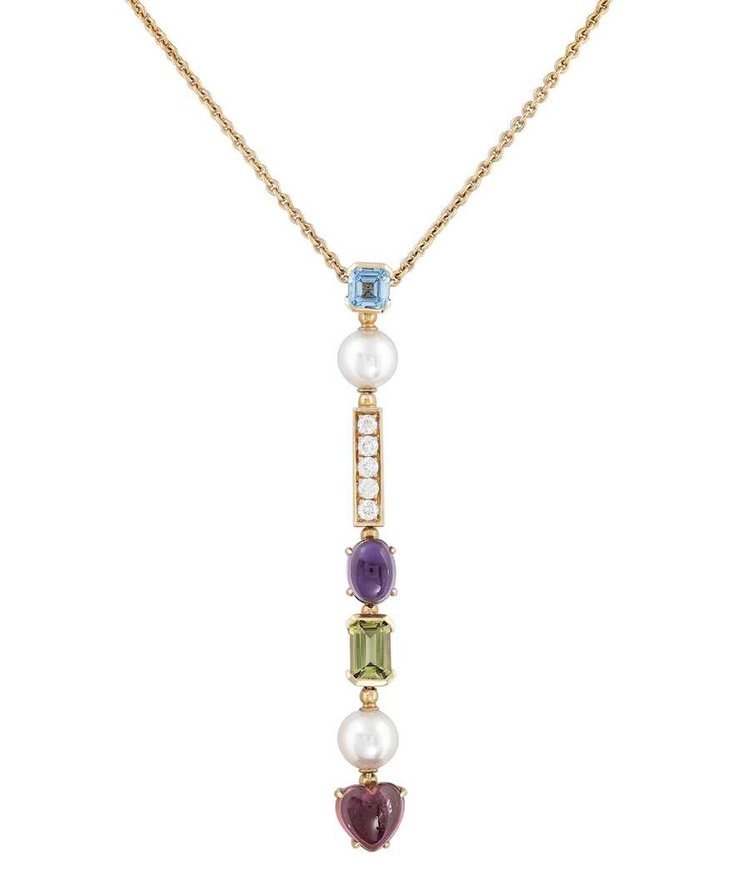ATTENTION TO DETAIL: WHAT TO LOOK FOR IN A QUALITY JEWEL
There are jewels and then there are jewels: pieces that stand out not just because of outstanding design, but because they are heavy, solid and feel right. They feel comfortable and substantial in your hand. A well made jewel should not just see you through your lifetime: if properly looked after it should last many generations. What separates the wheat from the chaff, the great from the banal is finish: how much care and attention has been lavished on a piece to make the stones pop, the clasps ingenious and secure and the surfaces smooth.
Attention to detail in a good jewel has nothing to do with the price of the piece or the cost of the materials used. With the decline of traditional jewellery training in the United Kingdom there are fewer craftsmen practicing now who really know how a job ought to be finished. Because so much jewellery is now mass produced abroad there is a lot that gets sold which on the surface looks good but does not pass muster on closer inspection. There is nothing inherently wrong with mass produced jewellery; it is after all the bread and butter of the entire industry, from the great French jewellery houses to the smallest independent retailer.
The easiest way to discern a piece of quality is to look at the back. If the piece is gem set, there should be an opening behind every stone to allow the light to pass. If the piece is well made, these holes will have been neatly filed into even squares or hexagons, which means more manual labour has been involved. If it is just holes drilled through the piece will more likely than not have been machine set- there are a number of London retailers guilty of this, even though they are often charging 5 figure sums for their jewels; and when paying this sort of price pieces ought to be hand finished. A fine example of finish is Boucheron’s current jewelled menagerie of rings. These will have been cast from a mould, but they have been meticulously finished by hand.
Another curse of mass production is the mass produced setting, especially when it comes to rings. If you are going to spend a reasonable amount of money on an engagement ring, say (which a lot of people do at some point in their lives), you want the centre stone to be shown off to its best advantage. Most stones necessarily have some depth to them. The last thing you want is for the stone to stand too proud off the finger for it to snag your tights or gather too much dirt underneath. The bottom of the stone, known as the culet, should basically be touching the finger. If the stone is too high off the finger it means the setting has been mass made: galling if you’re spending a month’s salary or so on the most significant piece of your life. High end jewellers are guilty of this too: I went recently with a friend to a well known shop in Bond Street who wanted my opinion on an engagement ring he was thinking of buying and I was horrified when I saw the setting had been mass produced. The price of the ring in question was just over £50,000.
While we’re on stones, if the piece has been set with multiple gems en pave, or in rows, run your finger over the surface. The stones should feel even to the touch. There is a practical reason for this: again, if there is a stone set slightly higher than the others there is the inconvenience that it will catch on your clothes. The ultimate test by JAR on his jewels is that he runs a silk scarf over them to see if it snags.
If your taste is for plain jewellery with little or no setting, there is even less excuse for shoddy finish, as there is less chance of overlooking a mistake. The edges of the metal should be well polished, with no little bumps or crevaces- again, running your fingers over the edge to see if it is smooth. All student and apprentice jewellers in the UK are taught that because of modern photographic techniques, well made jewellery should withstand scrutiny at x10 magnification, so if you buy something that has a wonky line or stone the maker has just cut corners: don’t be taken in by the ‘it’s been hand made’ scenario.
Lastly, jump rings and clasps. Whether or not you lose your jewellery while you’re wearing it depends on this. They go largely unseen, and therefore often overlooked. It used to be impossible to solder the rings holding together a piece because jewellery, out of necessity, is often assembled after it has been set. Once set, it cannot be heated up to be soldered as you might damage the stones. Nowadays, however, laser soldering is available which localises the heat on the point to solder, so there is no reason why little rings shouldn’t be soldered closed. This is easy to check with a magnifying glass. A piece with multiple joins should be able to move freely and fluidly. Many manufacturers prefer mass produced clasps; again, there is nothing inherently wrong with this, but you know that due care and attention has gone in if the maker has made an ingenious, hidden, unobtrusive clasp. Inevitably, these also tend to be safer.







